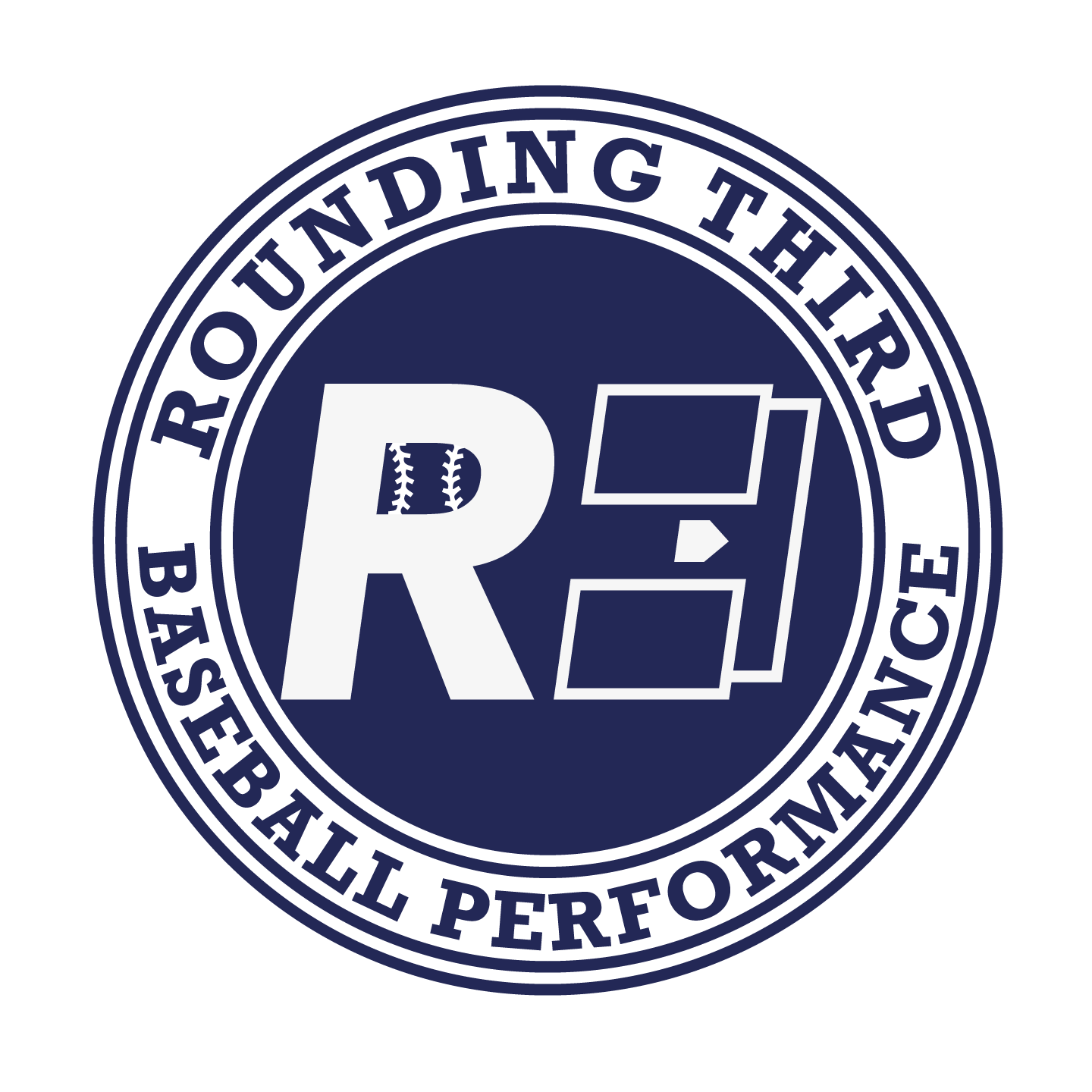
BLOG
The Essence: Walking the Tight-Rope of When to Talk and When Not to.
Jordan Stouffer, CSCS, BMS
One of the main reasons I love coaching baseball and training athletes everyday is that it means I don’t have a job where I sit at a desk looking at a computer all day. I’m telling you this because I want you to judge the content rather than my writing.
This blog explains my thoughts on figuring out a way to filter all of the information we hear from fellow coaches and baseball industry experts, so that we can become better at providing knowledge to our students. In a world where there is information overload, I believe it is important to evaluate what content and advice we offer. Often, less is more. Today I am bringing you a post on how we find the balance between too much and too little information and how we as coaches choose to give information.
Coaches are always balancing on the tight rope of too much information. Coaches need to shoot for giving the right info at the right times, and then understand how and when to sit back and let self-discovery happen. In the past, I have mistakenly hounded a guy after every swing, only to realize he was focused on pleasing me and not on feeling the true goal, which is ALWAYS flush barrel contact.
Before we speak to a player, I believe coaches should consider a few things:
1. If I never talk to this kid will he/she figure this out on their own within a few days?
Some, if not most, athletes perform better if mechanics talk is left out of their coaching around competition time. For these guys focus on being the guiderails on the highway. Keep strategy at the forefront. Their bodies work well and they have above average tools, so help them learn the odds and ends of hitting strategy such as anticipation of pitch types and location, understanding hitters counts, and learning strategies that allow wiggle room for error. Focus on LISTENING to the way these athletes talk about their swing and approach, because they love when you remind them of THEIR cues later on when they are struggling or lose sight of what is most important.
2. Is their body language screaming for someone to help them?
a. These guys are more prevalent and honestly these guys are what make coaching fun. MOST PLAYERS WANT HELP. Most players also don’t want to feel singled out or embarrassed, so being a bit of a psychologist here can really help. Make sure these guys know you love them and care while you go to help them.
b. We still want to choose our words wisely here. Find the focal point that makes these guys tick, but give every experiment and method a good 7-10 swings before cueing and giving feedback. Let the drill or environment work a little.
3. Are lightbulbs going off for my athlete in a good way in the past week? (Don’t mess that up)
When guys are having learning moments happen, we can sometimes feel the urge to spill more info. More is always better right? Nope. Honestly don’t even say more than 3 words at a time to these guys in my experience. If you clearly can tell that they are processing some new sensations with a decent success rate, just let that weed grow. The only comments we need to be making here are “nice job”, “reset and try again”, “Did you feel early or late there?” etc. I would not even talk about pitch types or get too deep into what is happening during at-bats.
4. Will talking about a non-hitting topic actually help my athlete?
a. This can be a valuable tool. Ask how guys are doing outside of baseball- girlfriends/boyfriends, family struggles, schoolwork, or fatigue can all be concerns that ruin true high-intent on the field.
b. Talk about another skill they do well and relate it back to hitting. For example: How do you feel when you throw a hard fastball and hit a spot, or what are you thinking when you make a diving play and throw a ball on the money to first base? What do you feel in your core and back during long toss, and do you feel a similar sensation on a high-intent swing? Make things relative to keep “checks and balances” throughout the brain and body.
5. Am I reinforcing the ultimate goal?
a. Its crazy but even as coaches we forget that producing runs is the ultimate goal, rather than our ego about that our hitting philosophy. WE ARE NOT IN THE BUSINESS OF GETTING CREDIT! We are here to be servants to our athletes, teach them to be better people through pushing their limits individually and as a unit of 12-25 guys.
b. Make sure what you are about to say to this athlete makes sense with your offensive philosophy and that you have made it clear to your team what you want from them as an offensive unit. See my blog post about “Individualization in Team Settings.”
These are things I like to consider before I open my mouth. On a weekly basis, I catch myself before saying something that might have had negative consequences. Usually I am happy I chose not to talk. It doesn’t mean you aren’t coaching. In fact, that is the art and the essence. Thanks for reading.
Jordan Stouffer is the owner and lead hitting performance coach at Rounding Third Baseball Performance in Fort Collins, CO. He is a former NCAA Division 1 hitting coach, as well as a former junior college and high school coach. Jordan holds certifications as a Certified Strength and Conditioning Coach from the National Strength and Conditioning Association, a Biomechanics Specialist from NESTA, and holds a degree in Human Performance from Metro State University.

